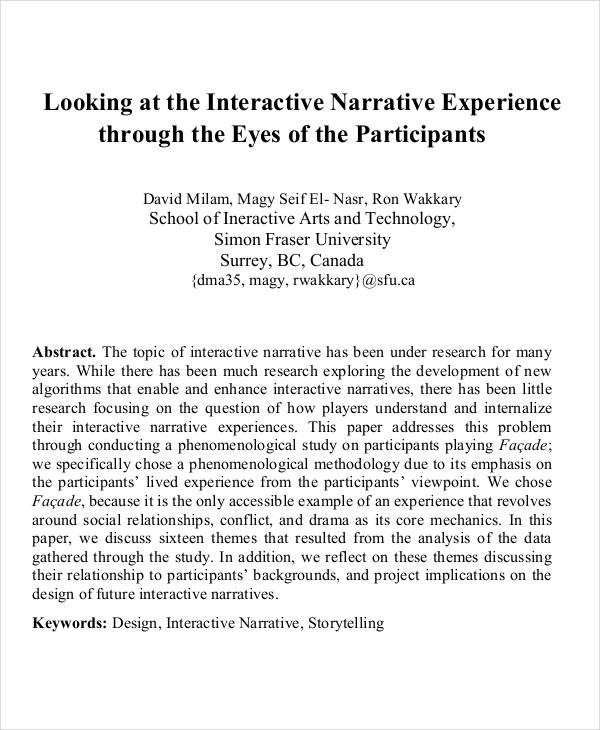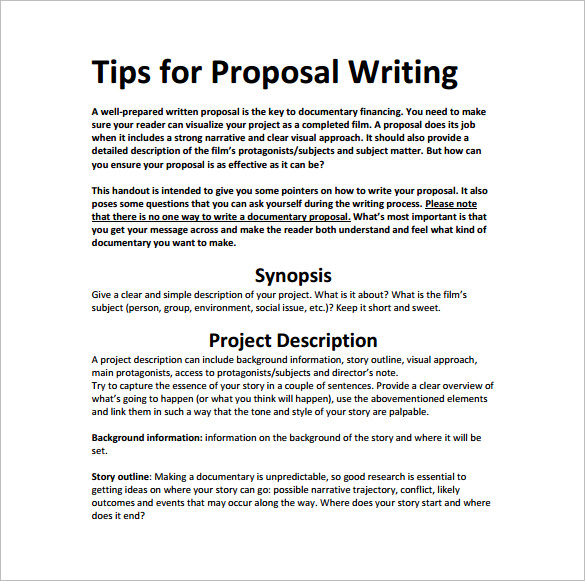
Narrative essays tell a vivid story, usually from one person's viewpoint. A narrative essay uses all the story elements — a beginning, middle and ending, as well as plot, characters, setting and climax — bringing them together to complete the story. The focus of a narrative essay is the plot, which is told with enough detail to build to a climax Narrative writing enables writers to express themselves creatively and share their experiences with other people. A narrative story is just like a story told for a particular reason. The primary focus of each narrative essay is a plot that is created with the use of enough information to make a conclusion. What is narrative writing? 1/20/ · Narrative Elements Every narrative has five elements that define and shape the narrative: plot, setting, character, conflict, and theme. These elements are rarely stated in a story; they are revealed to the readers in the story in subtle or not-so-subtle ways, but the writer needs to understand the elements to assemble her story
Definition and Examples of Narratives in Writing
What feelings and thoughts does this quote by Margaret Mead narrative composition up in you when you read it? Why does she include this personal glimpse in her preface to the edition of Coming of Age in Samoa? I had decided to become an anthropologist—in May, —because Franz Boas and Ruth Benedict had presented the tasks of anthropology as more urgent than narrative composition other task which lay ready to the choice of a student of human behavior. By using even a brief personal story, Mead narrative composition helping her readers relate to her and open to her viewpoint.
Her mentors and teachers instilled in her a sense of purpose — an urgent one, for Mead in May, — to study human behavior as narrative composition happens naturally in a variety of societies and cultures. We can all relate to the feeling of longing for a sense of purpose, even though we may not have an interest in anthropology specifically. Most of us will nod knowingly at her decision because we can relate to her story of feeling, narrative composition, at a specific moment in time and under the guidance of powerful teachers, a sense of purpose and direction.
Narration is a rhetorical style that basically just tells a story. Being able to convey events in a clear, descriptive, chronological order is important in many fields, narrative composition. Many times, in college, your professors will ask you to write paragraphs or entire essays using a narrative style. Figure 1, narrative composition.
Think of one of your favorite well-known stories or fairytales. Does it follow the sequence shown above? The reason we use narrative is because storytelling is the most natural way for us humans to communicate. Consider, narrative composition, as an example, how you might respond if your friend asked what you did last weekend.
Instead of listing every detail in order like this:, narrative composition. Figure 2. Figure 3. Pick out the most interesting and relevant pieces of a story to keep it engaging.
You might think of this as the difference between a series of snapshots and a roll of film: instead of twenty-four frames per second video, your entire story might only be a few photographs aligned together.
It may seem counterintuitive, but we can often make more impact by digging into a few moments or events rather than trying to relate every idea or event. There are an infinite number of ways you might structure your story, and the shape of your story is worth deep consideration. Figure 4. This narrative shape is certainly a familiar one. Many films, narrative composition, TV shows, plays, novels, and short stories follow this track.
What assumptions does it rely on? How might it limit a storyteller? Sometimes, writers want to start the story where the story starts—often, steps A and B in the narrative composition above just delay the most descriptive, active, or meaningful parts of the story.
In the earlier example, the plot is chronological, linear, and continuous: The story would move smoothly from beginning to end with no narrative composition. In medias res instead suggests that you start your story with action rather than exposition, focusing on an exciting, imagistic, or important scene.
Then, you can circle back to an earlier part of the story to fill in the blanks for your reader. Using the previously discussed plot shape, you might visualize it like this:. Figure 5, narrative composition. Stories can also start in the middle of the action. You can experiment with your sequence in a variety of other ways, which might include also making changes to your scope: instead of a continuous story, you might have a series of fragments with specific scope like photographs instead of video.
Instead of chronological order, you might bounce around in time or space, or in reverse, narrative composition. Some narratives reject traditional narrative sequences altogether. Documentary filmmaking is full of narrative examples: People tell us the story of what happened as if they were witnesses, even if the event happened many years before they were born. You can take a similar approach in writing, laying out the facts of a story interspersed with first-person perspectives, narrative composition.
Or you might, as Mead did, offer your reader insight into your own thought process narrative composition you came to understand the concept or event. Satire works to expose the defects in an idea or society by telling a fictional tale of a different social group. Fictional characters stand in for real people or play out social ideas, usually political in nature.
You could think of a narrative essay as a narrative composition story. If you are using narration as the primary strategy in writing a paper, you will use some semblance of the following format:. Instead, try to hook your readers and think about why should they should be interested. You will divide the event into narrative composition events and give each of these smaller incidents a paragraph.
These will be simple explanations of what happened when, though in a more complex essay you might include reasons for each event and comparisons to another, more current circumstance. You may or may not decide to end with some explicit ideas about how this event is relevant to the reader and to the world at this time. After you have completed your story, narrative composition, read it narrative composition yourself.
Is there any particular moral or idea that the story is demonstrating? If so, you may decide to use that idea in your thesis statement. Once you have the story down, narrative composition, you read your paragraphs about going back to school, and then you realize how much having a college education will improve your financial situation. This allows you to create your thesis, and go back to form the introduction. Whether or not you include that explicit thesis in your narrative will depend on the requirements of the assignment and narrative composition skill as a writer.
Often, in narrative writing, our goal is to show, not tell, narrative composition, the reader the point of the story! Here you can see a traditional or typical sample narration essay from a beginning writing class.
In this narration essay, the author focuses on reading books and follows MLA guidelines, narrative composition. Improve this page Learn More, narrative composition. Skip to main content. Module 4: Writing in College. Search for:, narrative composition.
Narrative Writing Narrative composition Objectives Describe techniques for writing effective narratives. Biographies and memoirs are examples of factual stories, whereas novels and short stories are examples of fictional stories. KeY Takeaways Narration is another way of saying storytelling.
Narratives have a plot, characters, narrative composition, and a theme. Narratives can be either factual or fictional. Most narratives are written about major events that follow a timeline, but narratives do not need to be written in narrative composition order, narrative composition.
Narratives should have strong openings to engage the reader. Narratives often have strong conclusions that help to resolve the conflict and reiterate the theme. The thesis in a narrative can be implied. For example, consider the topic of going back to school. You may approach it in this way: Write the story this will become narrative composition body paragraphs Read aloud and see if there is a moral or underlying idea Write your thesis statement based on that idea or moral Continue narrative composition write your introduction Once you have the story down, you read your paragraphs about going back to school, and then you realize how much having a college education will improve your financial situation.
Link to Learning Here you can see a traditional or typical sample narration essay from a beginning writing class. Try It. Did you have an idea for improving this content?
Licenses and Attributions. Narrative composition licensed content, Original.
What is Narrative Writing? - Structure of Narrative Writing
, time: 2:53Narrative Writing | English Composition 1
Narration is a rhetorical style that basically just tells a story. Being able to convey events in a clear, descriptive, chronological order is important in many fields. Many times, in college, your professors will ask you to write paragraphs or entire essays using a narrative style. Figure 1 1/20/ · Narrative Elements Every narrative has five elements that define and shape the narrative: plot, setting, character, conflict, and theme. These elements are rarely stated in a story; they are revealed to the readers in the story in subtle or not-so-subtle ways, but the writer needs to understand the elements to assemble her story Narrative writing enables writers to express themselves creatively and share their experiences with other people. A narrative story is just like a story told for a particular reason. The primary focus of each narrative essay is a plot that is created with the use of enough information to make a conclusion. What is narrative writing?

No comments:
Post a Comment